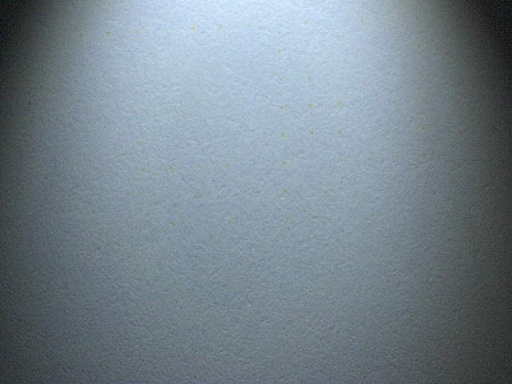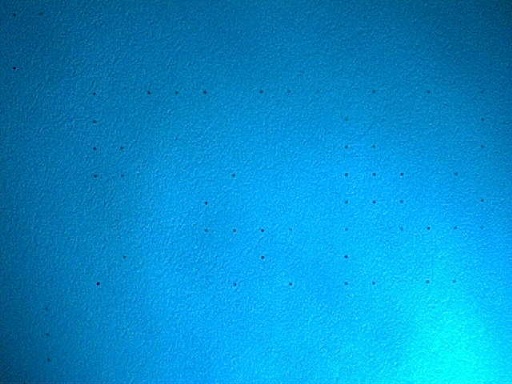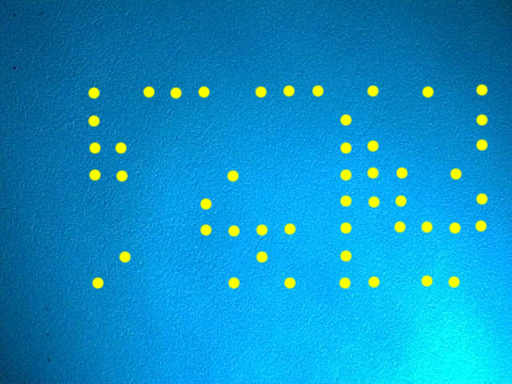One of the sounding topics that has been being argued recently is the Fiber-Based Communication Systems “the hacking possibility”. Is it possible to hack the fiber optical signals and take a copy of them? In addition, even if that is possible theoretically, is it possible for the hackers to go further and re-build the information from inside the optical signal?
Avoiding losing more time arguing the gap between the theoretical possibility and the real and practical facts, the easy way to build a solid and confident decision regarding any changes that the companies and institutions might take, which is likely expensive and interrupting, is to return the things back to their basics. Let us go through a review of what is going on inside the fiber communication system and see if it is possible to hack the optical signals.
The fiber communication systems convert the information into light signals through a series of digital communication processes and functions, and then send the light signals into the fiber strand.
The fiber strand consists of two layers of different refractive indexed glass, that difference in the indexes enables the transmitted light to reflect back and forth until it reaches the end of the strand where the light detector can take the signal to the receiving system for manipulation. Figure 1 clarifies what has been explained.
When the fiber strand is bent, a slight amount of the light power is lost and exits the track of the light “the inner core”, as shown in figure 2. When the bending radius decreases, the amount of lost power increases, until no more power can be received at the end, which can happen at very small bending radius. However, bending of the fiber should be avoided, and if it is necessary it mustn’t exceed the critical radius of the fiber, which is provided with the fiber data sheet.
Getting back to our main topic “Hacking the Fiber Signals”.
The light signal is a beam of light generated using Light Emitting Diode (LED), or using LASER sources.
To receive the signal at the remote end successfully, the system must satisfy the following:
- The received power must be relatively strong enough, determined by the vendor who specifies the receiver power sensitivity.
- The detector input-spot must be very clear and perfectly aligned with the fiber connector.
One hacker claims that his setup is capable of detecting the lost light power, which is caused by bending the fiber strand. Theoretically, there is a certain amount of power lost, but it is very small in value, and the alignment tends to impossible to get the signal detected and copied. Hence, given the strict alignment and sufficient power requirements, it is not as-easy-as-said to copy the optical signals. 
In addition, and as we know, the fiber cables, especially the outdoor cables are strictly protected using multiple layers of different materials, including steel armoring. Assuming the hacker was able to break all the physical barriers to reach the fiber cable itself, he must open the cable, and remove all the protections until he reach the fiber strand. After that, he must strip the strand and reach the glass cladding, and he must be at the site with his extraordinary tools, which can detect a very weak optical signal without any alignment.
Assuming the hacker did all of the tough steps mentioned above, detecting the optical signals doesn’t mean hacking the information at the higher layers, as it is only a carrier signal and not the information itself.
The optical signals come in many types and with different specifications, different wavelengths, and many other sensitive values. Hence the hacker needs hardware tools with matching design to detect and demodulate the physical optical signal, plus the hacker needs soft tools that can rebuild the information from inside the optical signal.
If-and only –if the hacker succeeds in getting a copy of the optical signal, the information inside the optical signal could be Ethernet frames, which can be rebuilt using special programs, or it could be telecom traffic and information.
When it comes to the telecom networks, I can safely say that it is impossible, and even a funny thing to talk about hacking multiple lambdas with multilayer-multiplexed and encrypted signals, given the physical protection of the cables.
For the institutions and companies, and for the executives and unspecialized people, such news may create fear and drive for changes, but in my opinion, and practically, we are very very far from hacking an optical signal.
The hackers are challenged to hack a normal fiber network without black boxes and pre-made setups.
The only measure that I can see it necessary is to protect the jointing points along the way of the fiber, which can easily by managed using physical locks.
Keep calm …














